For the past few years I haven’t chosen a word of the year. I’ve focused on equanimity, which is the core virtue of Enneagram Fours. It’s something I’m not super good at, which is why I’ve been trying to focus on it. But as I was doing my end-of-year review after Christmas, a word whacked me over the head and demanded to be my 2023 word of the year.
This is my year to Cultivate.
What’s involved in cultivation? You have to prepare a place, plant things, water them, feed them, weed out anything that hurts them, and tend them as they grow. Eventually comes the harvest, and you see the final product of all that cultivating…but I think there’s also a lot of benefit to find during the cultivating.
Merriam-Webster’s definition is very helpful at teasing out some of the intricacies of this word.
Cultivate
1. to prepare or prepare and use for the raising of crops
2. a. to foster the growth of
b. culture
c. to improve by labor, care, or study: refine
3. further, encourage
4. to seek the society of: make friends with
Some of these sub-meanings are more applicable to my word of the year than others.
Cultivate: To Prepare
There are a lot of places that more preparation would benefit me. Preparing my budget each week and sticking to it would help. Preparing my schedule each week is definitely helpful. Preparing for work or projects I need to accomplish is important.
Cultivate: To Foster the Growth Of
There are a lot of things I want to foster the growth of in my life–better physical health, better mental health, better spiritual life, better finances, better relationships. When I look at any one of those things, I can see a lot of small steps I can take to better prepare for them.
If I want better physical health, I can prepare by creating space every week for physical movement. That helps me foster the growth of stamina and also helps me foster the growth of making movement a habit.
If I want better relationships, I can prepare by keeping in touch with my friends and family, scheduling time to spend intentionally with them, and being more attentive to their needs and desires.
Cultivate: to Improve by Labor, Care, or Study: Refine
I really like this aspect of the definition. When you plant a garden, you don’t just stick the seeds in the ground and hope they grow. You water them and tend the soil, you make sure weeds aren’t crowding them out and taking resources needed for the seeds to grow.
If I want to cultivate my writing this year, I need to prepare by scheduling writing, I need to foster the growth of it by sitting down every time I’m scheduled to write…and I need to watch for the “weeds” that crowd out my writing time. I’ve played a lot of Skyrim and Dragon Age games over the past year. My Steam replay was, frankly, no surprise to me. Participating in NaNoWriMo this past November reminded me that, if I sit down deliberately to write, and don’t allow myself to hop into one of my games first, I will get more written.
I’m not saying that PC games are weeds, exactly, but they’re sort of like mint. Anyone who’s ever planted what they thought was a cute little patch of catmint or peppermint can tell you that mint flourishes and crowds out everything around it. If I don’t pay attention to my writing before I game, I’m letting the game flourish into time I’d honestly rather spend writing.
And there’s another aspect of this sub-meaning, the refine aspect. I not only want to write more, but I want to write better. I want to learn more about my craft and hone my style–and the only way to do that is to write!
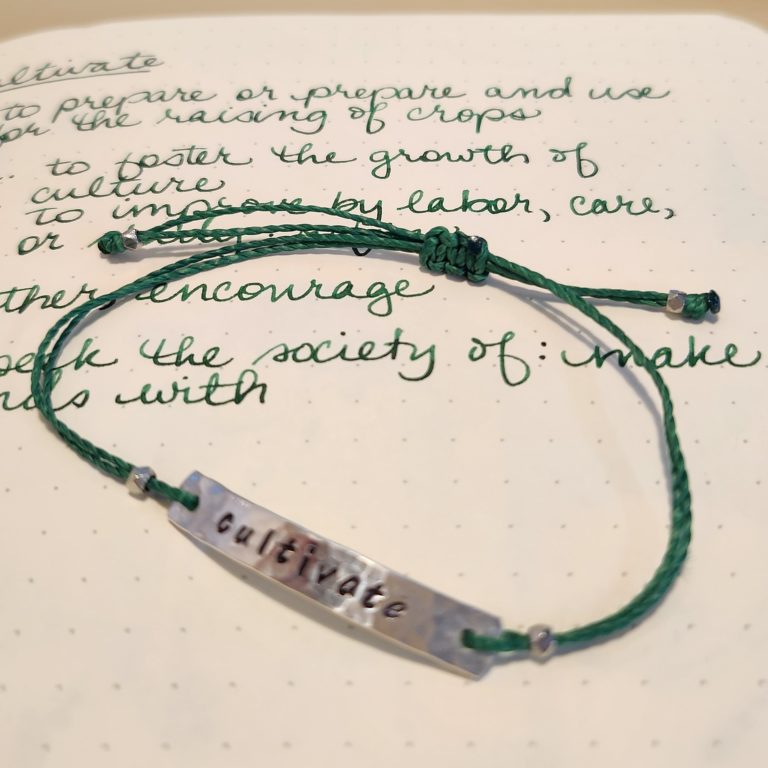
Every year I buy a bracelet from Positive Charm on Etsy for my word of the year (My photo is linked to the shop)
A Year-Long Practice
You don’t cultivate something overnight. Cultivation is the opposite of instant gratification–and don’t get me wrong, I love instant gratification! But I need to work on enjoying life without that constant dopamine hit of instant gratification. I need to learn to celebrate the small joys that happen every day.
This year’s word of the year feels different to me, and I wonder if part of that is that I’m going to have to keep coming back to this concept and revisiting it, redefining it, rediscovering what that looks like in my life.
And that’s a good thing! What good is a word of the year if it doesn’t become a year-long practice?
What about you? Do you choose a word of the year?




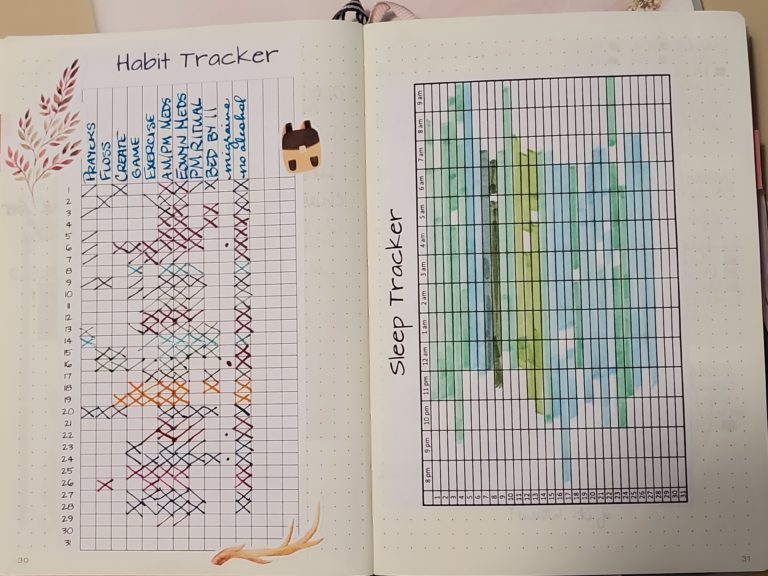



 I also have a new Travel Itinerary Printable that I’m offering here as a free download.
I also have a new Travel Itinerary Printable that I’m offering here as a free download.



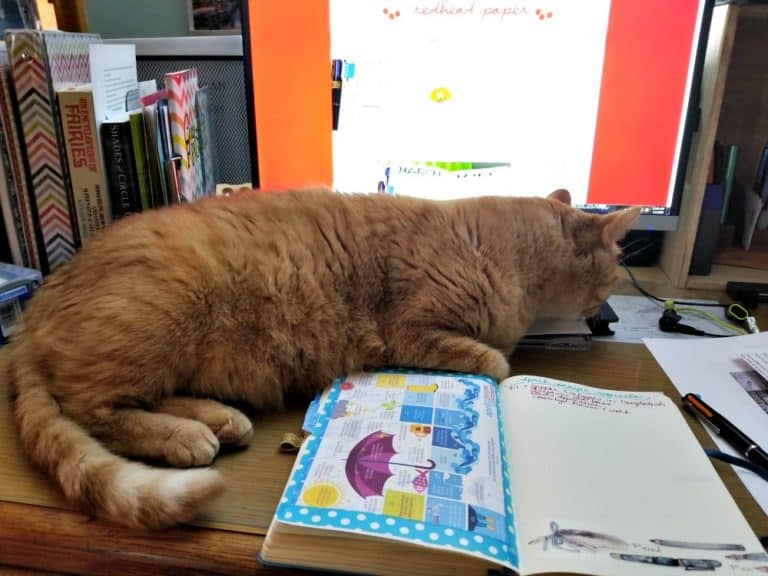

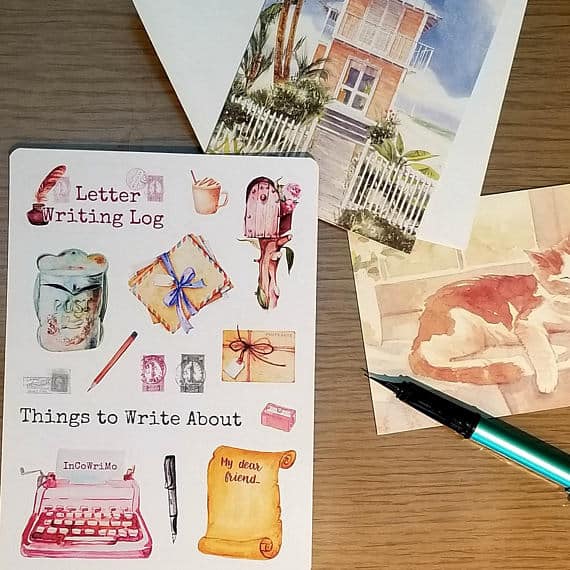


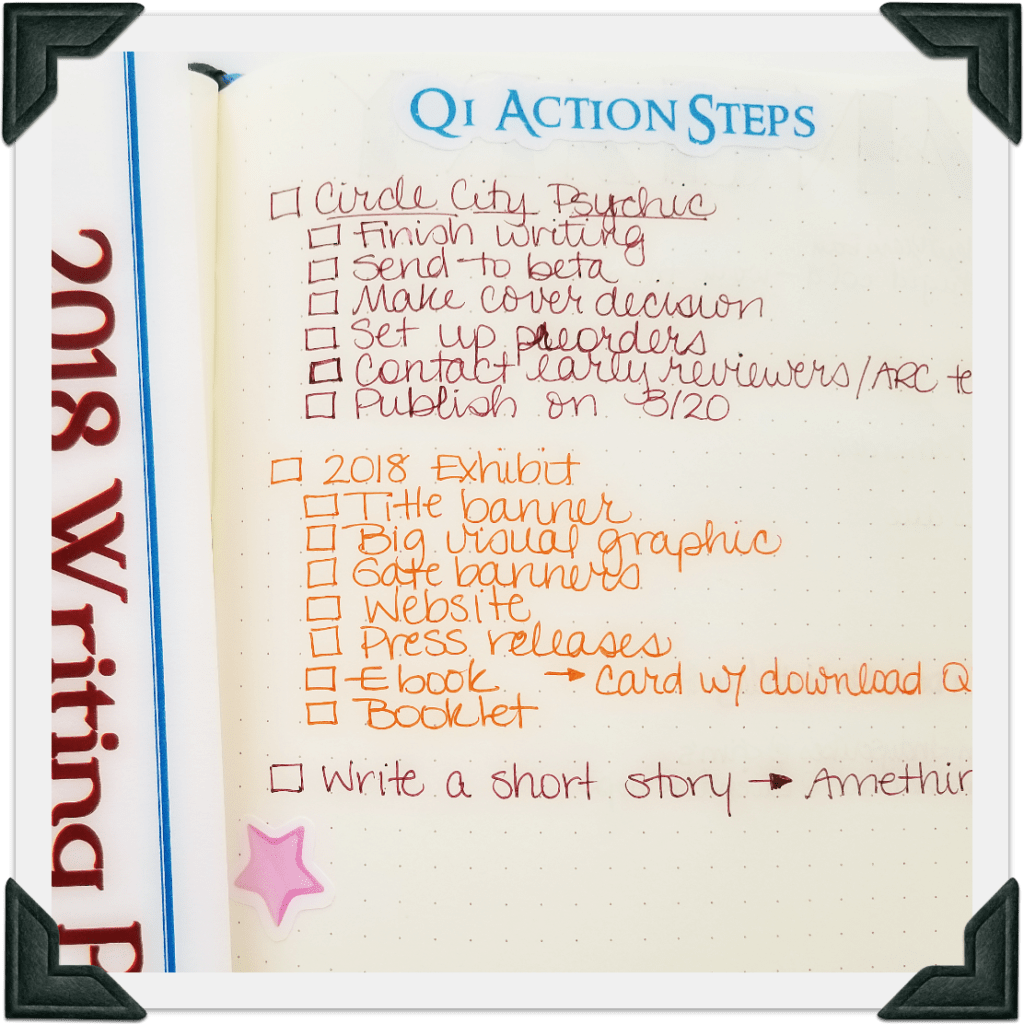 I currently have two major projects listed on my Quarter 1 Action Steps page in my Bullet Journal, and I have the components broken down on that page, as you see in the picture, though there are actually lots of little steps to each component.
I currently have two major projects listed on my Quarter 1 Action Steps page in my Bullet Journal, and I have the components broken down on that page, as you see in the picture, though there are actually lots of little steps to each component.

 I also have a
I also have a 
 I kept my tickler file, which both Julie Morganstern and David Allen recommend, and I rely on it. I love it when someone can say, “Hey, do you have that file I gave you two months ago?” And I can say, “Yep, I filed it for this week when we were going to need it again.”
I kept my tickler file, which both Julie Morganstern and David Allen recommend, and I rely on it. I love it when someone can say, “Hey, do you have that file I gave you two months ago?” And I can say, “Yep, I filed it for this week when we were going to need it again.”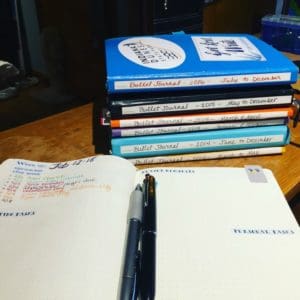 I experimented with notebooks for a while–Moleskine Cahiers, then a Picadilly (which sadly fell apart and had to be repaired), more Moleskines, and then the BulletJournal Kickstarter happened! I was a backer, and I’ve been in love with the Leuchtterm 1917 BulletJournal notebooks since then. I did use a lined Leuchtterm 1917 for part of 2016, but for Christmas my family got me two of the new Emerald Official BuJo notebooks, so I should be set for 2017!
I experimented with notebooks for a while–Moleskine Cahiers, then a Picadilly (which sadly fell apart and had to be repaired), more Moleskines, and then the BulletJournal Kickstarter happened! I was a backer, and I’ve been in love with the Leuchtterm 1917 BulletJournal notebooks since then. I did use a lined Leuchtterm 1917 for part of 2016, but for Christmas my family got me two of the new Emerald Official BuJo notebooks, so I should be set for 2017!